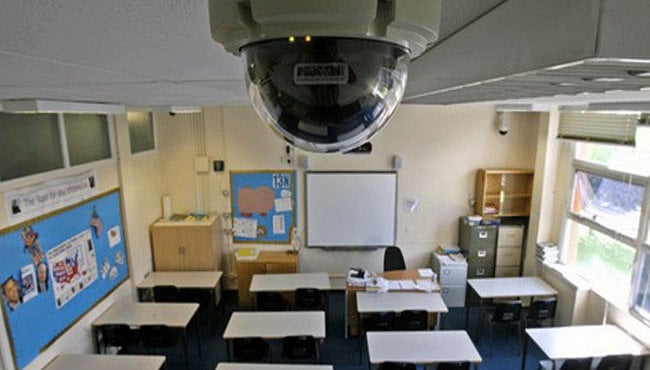 Cameras are practically everywhere today. From walking through a parking lot to checking out at the supermarket, chances are much of your day is caught on tape. And for many of the same reasons video technology works in other industries, cameras are now quickly making their way into classrooms, too.
Cameras are practically everywhere today. From walking through a parking lot to checking out at the supermarket, chances are much of your day is caught on tape. And for many of the same reasons video technology works in other industries, cameras are now quickly making their way into classrooms, too.
Video provides a clearer view of instruction, changing the way teachers are supported and even evaluated. Here are the 3 big benefits of video :
- Deeper self-reflection. Video technology offers teachers an unprecedented ability to reflect upon and adjust their own practices. As Yaffe points out, “Teachers find themselves reflecting deeply on their practice as they view recordings of their lessons and decide which videos to send to the principal.”
- More meaningful observation and evaluation. Miriam Greenberg, the director of Harvard’s Best Foot Forward Project, discussed within the article findings from recent research that suggest teachers not only receive more feedback from video-based observations, they trust it more, too. Video serves as a common piece of evidence and a reference point, making it easier for observers and teachers to engage in an open, productive dialogue.
- More targeted and beneficial professional development. The article also highlighted the work we’ve been doing in the Newton County School System. According to Superintendent Samantha Fuhrey, significant student gains have already been seen as a result of the video-based coaching Insight’s content expert coaches provide algebra teachers. Video makes it possible for feedback and support to be more meaningful and actionable than traditional “sit and get” experiences.
Of course, these benefits won’t be seen overnight.
In our recent report, A Game Changer: Using video to achieve high performance in the classroom, we included a “playbook,” which guides district and school leaders through all the necessary considerations, from installing hardware to ensuring teacher buy-in.
But as Yaffe pointed out in the article, while teachers’ buy-in is particularly critical to making video work, it may in fact be the greatest way to protect teachers’ rights – all while providing the support they need and improving practices.







